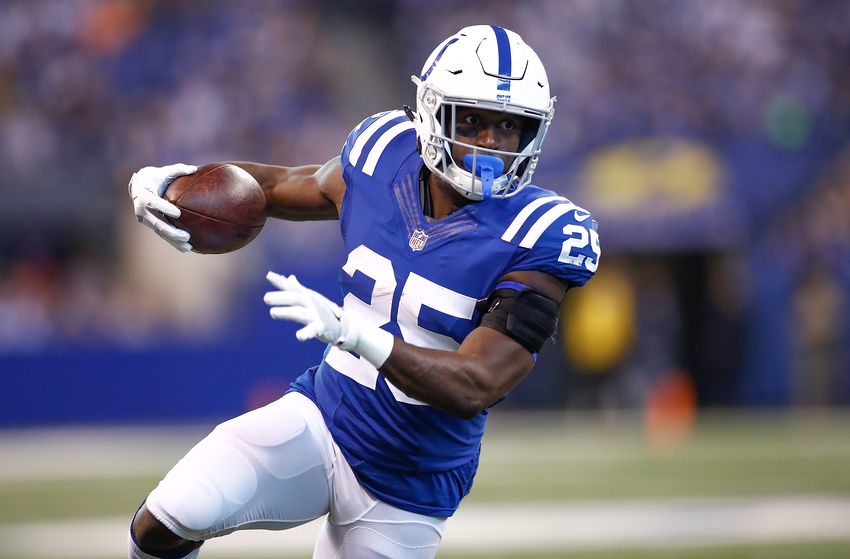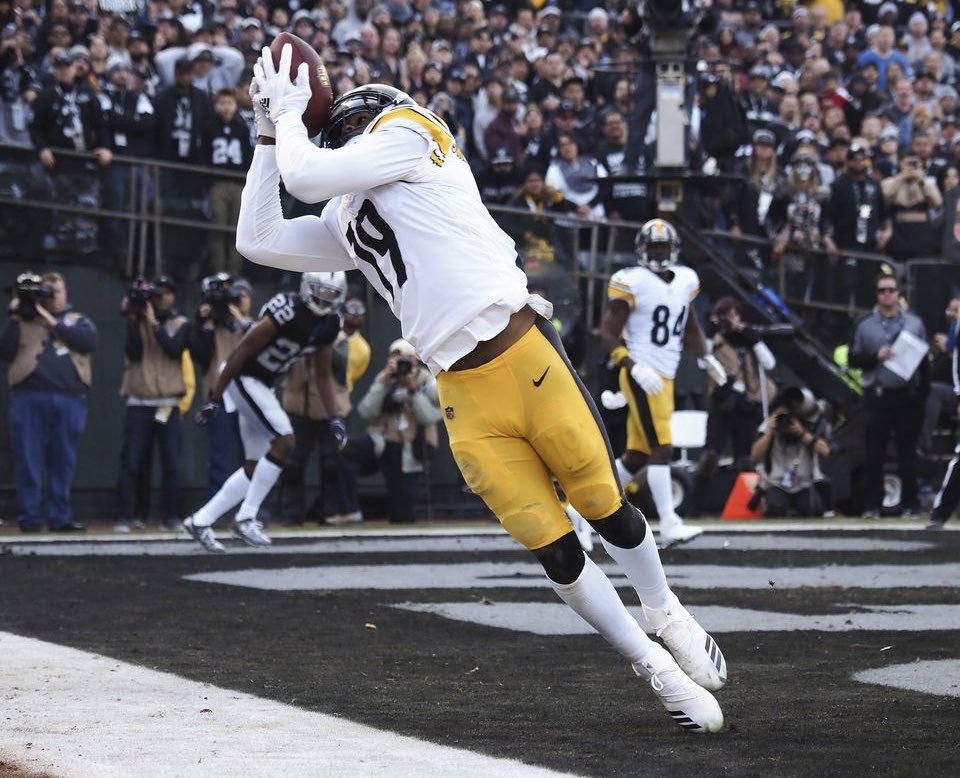The most exciting part of dynasty fantasy football is trading. It’s arguably the most important ingredient on the road to building a perennial contender. But it takes skill to pull off the right deals at the right time. The goal isn’t always to win the trade. It’s not to flip a dying asset for an up and coming stock that isn’t mature yet. For win-now teams, the objective is to make moves to assemble the best roster possible for right now, while also having an eye on the future. Values of players are constantly fluctuating. Exploiting these fluctuations will be the key to achieving the goal.
Identify Value
The draft will be your foundation. Massaging your roster while values fluctuate is the key to get deals done. After the draft, spotting the player (or future pick) that is climbing in value that other owners aren’t buying into could help acquire a rising star at a low cost. Also recognizing the players (or pick) on your roster that are rising that you don’t believe in but others do, helps move assets for more than they might be worth according to your valuation.
There are plenty of good resources out there that can be used to gauge the current market values of players. Trade calculators, trade value charts, and similar tools are a good baseline to put into your disposal. From there, manipulating those tools to mold combined with your own opinions and rankings can help you see where there might be values to exploit. This process will allow you to identify players that are worth “overpaying” or acquiring on the cheap.
Current Examples
Right now, players like Albert Wilson, Chris Herndon, and Marlon Mack are undervalued across the dynasty community. Wilson and Herndon are especially easy to acquire and are players to ask your trade partner to include as secondary pieces in deals. As a result of the positional scarcity of running back and his young age (22), Mack will be more expensive, but still a tremendous value at his current cost.

On the flip-side, players like Corey Davis, Derrick Henry, and Sterling Shepard are not worth their current cost. Moving these players for similar tiered players or a tier higher would be what I would explore. YOUR valuations of players is the most important factor.
Owner Identification
Again, the goal here is NOT to “win” the deal. The goal is to get deals done that will set your roster up for maximum success. Each owner in your league has their own way of doing this. Spotting the differences will be key to knowing which owner to talk to about each deal. Using the group chat, past draft history, and past transaction history provides insightful clues into how each owner values players and picks.
I go into every #dynasty rookie draft with the goal of walking out with at least one additional pick for the following year, even if it’s just a 4th. #FantasyFootball #DynastyStrategy
— Alex Johnson (@a_johnsonFF) May 9, 2019
Going into trade talks with an agenda isn’t the best way to get a trade to happen. Having an idea and a foundation of which player you want to move and which you want to acquire is a great starting point. From there, adding pieces to either side to bridge the gaps is the key. This is where you can gain useful information on how that owner views these assets. This is also the time to throw in the cheaper players to acquire that you believe could explode in value. If either of you start messing with the foundation, though, the deal probably shouldn’t happen. As a result, you’re only making a move to make a move. That does not help to create the best roster possible for short-term or future.
When to Walk Away
It’s okay to not make a deal. Mortgaging the short-term for the future or vice-versa is straying too far from the goal. There are more deals that will be talked about than completed. Most of these are temperature checks on players or fact-finding missions about how owners value players. Nothing bad can come from throwing out ideas. Giving other owners your views and opinions can only help you down the road. As a result, it builds trust and helps other owners be able to throw out ideas and offers too. They know that they will be able to have reasonable discussions. They will not feel like they have to “win” the trade or be defensive in negotiations.
Don’t view any player as untradeable. It’s okay to have a high opinion of a player, but ecognizing that there could be a package of assets that would make sense for you to move that prized player helps you view all players as attainable. Knowing when to go for it and when it’s too much is all up to you. Sticking to the plan and the goal of building the best possible roster for now with an eye to the future will be a great guiding principle as you explore negotiations.
Contingency Plan
It is a good idea to have safety nets in case you get the short end of the stick on a deal. It happens, even to the best teams. Football is a wacky sport. Nobody would have predicted that David Johnson would experience 2016 Todd Gurley levels of regression prior to September 2018. The average career lasts just three seasons. Turnover of coaches, free agency, cuts, drafts, and injuries all lead to budding opportunities to unknown players to the casual fan. That is why it’s your job as a dynasty player to identify the assets that could turn into the next Odell Beckham, Antonio Brown, or JuJu Smith-Schuster.

It is okay to have a player that you might not believe in. Maybe the value was too good to pass up. Maybe they are having an incredibly good or bad season and the price was right to acquire them. These players are the safety nets. It’s possible you are wrong, and they will continue to be key pieces of the roster. This is also the kind of player to try to throw into deals.
Conclusion
Trading can feel like a daunting task. Keeping the goal of acquiring the best possible roster for the now with an eye toward the future will be the foundation of all trades on. Exploiting the fluctuations of value and opportunity will be the method. Talking out values will help make trading feel like a conversation and not nearly as daunting. You will not “win” as many trades, but you will get more deals done and, in turn, win more where it counts.






